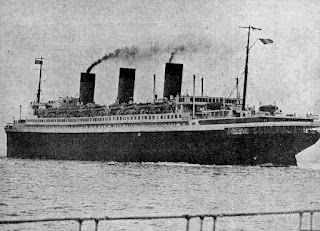The original house where the Ferry House Inn stands in Saltash Passage was built in 1575. It was recorded that it was converted into an Inn in 1850. However, in other records, the landlord in 1812 is said to be a Mr John Sole. Perhaps the
1850 date is wrong and maybe it should be 1805.
1850 date is wrong and maybe it should be 1805.
The Inn got its name from the ferry that left from the slipway opposite. Before the building of the Royal Albert Bridge, the ferry ran along the route of the bridge and not from the front of the Ferry House Inn which may suggest that the Inn had a different name originally. The history of the Inn itself seems very scant though there is much recorded about the ferry.
The ferry ran for at least six hundred years and carried passengers across the Tamar long before the Inn or the building existed.
Daniel Defoe,the author of Robinson Crusoe, crossed here in 1724 and wrote, 'the Tamar here is very wide, and the ferry boats bad, so that I thought myself well escaped when I got safe on shore in Cornwall.'
For many years, the Inn has provided food and drink for passengers on their way to Cornwall via the ferry.
It is still open for business although the last ferry ran in October 1961 the day before the Tamar Bridge opened to traffic.
The Inn is said to be haunted but no-one knows by who. Perhaps it's the ghost of an earlier landlord, the aptly named John Sole.






